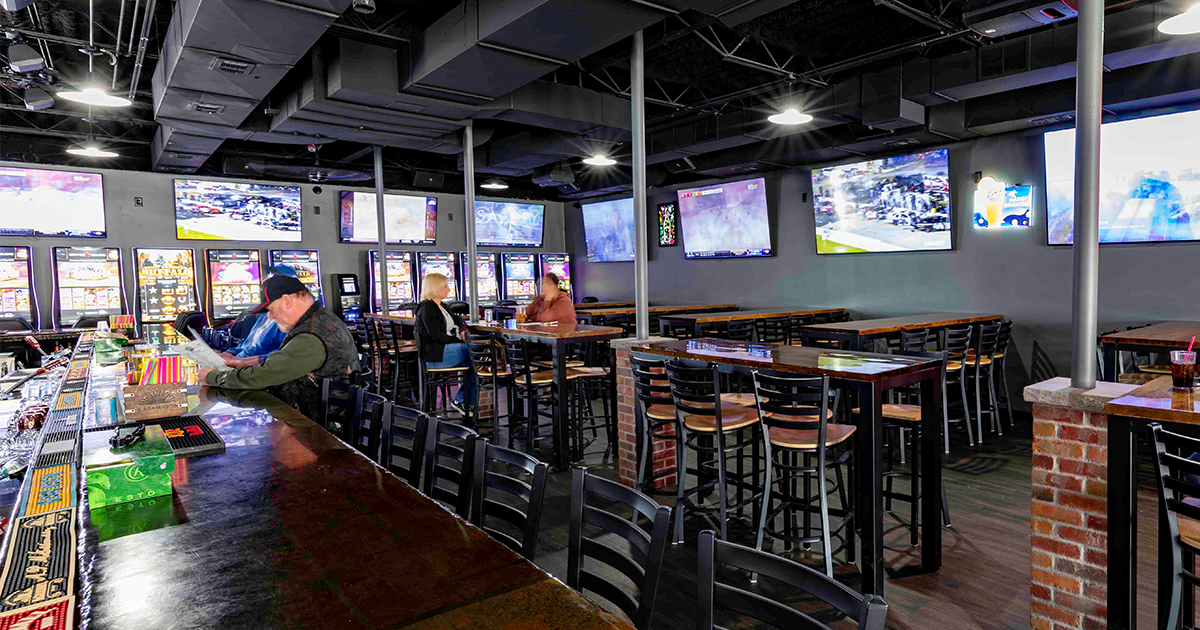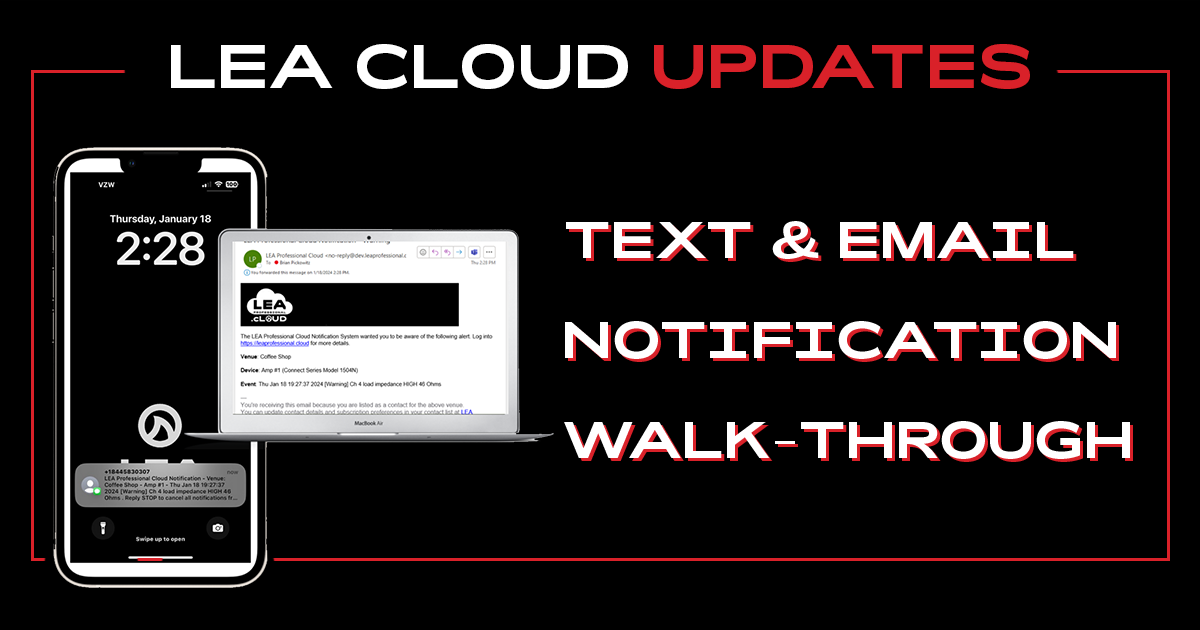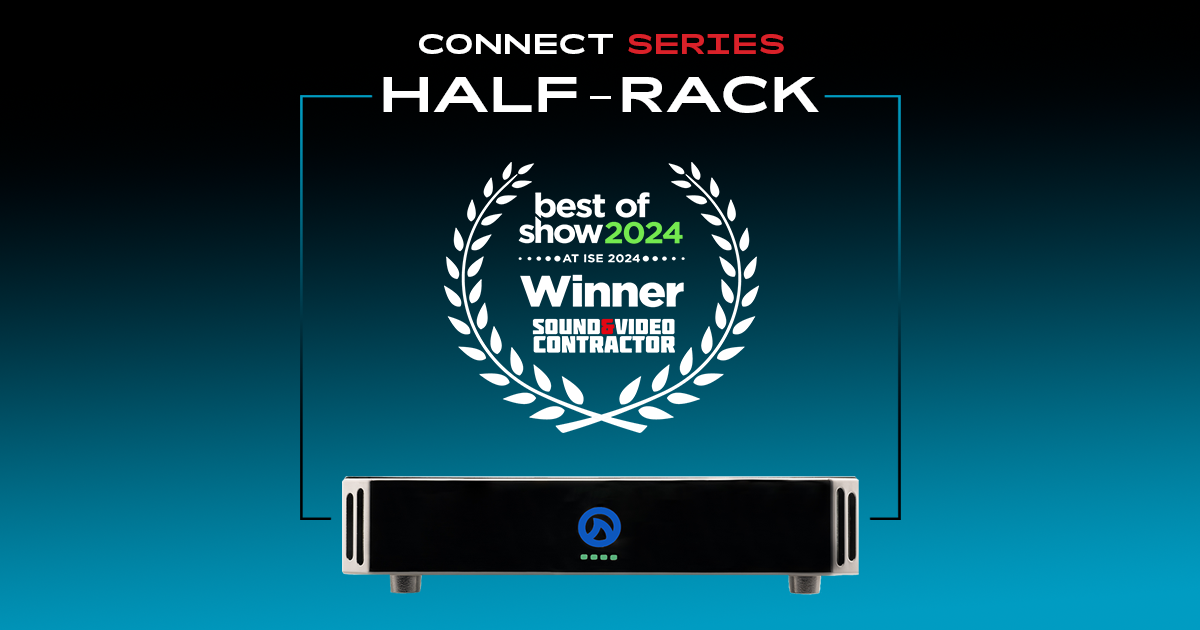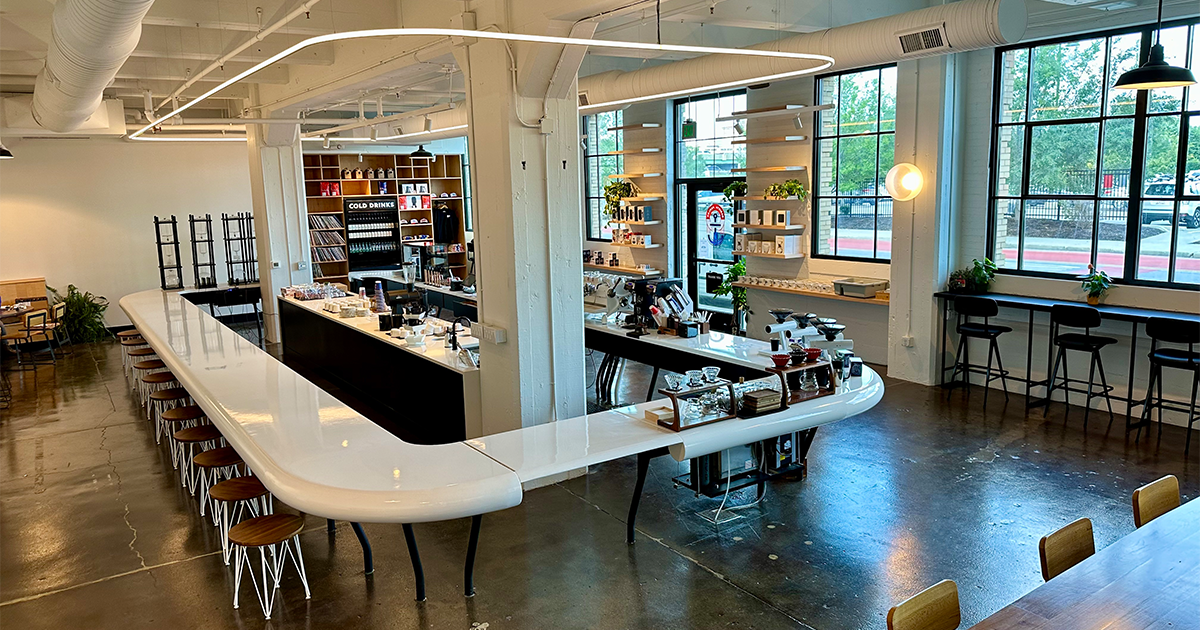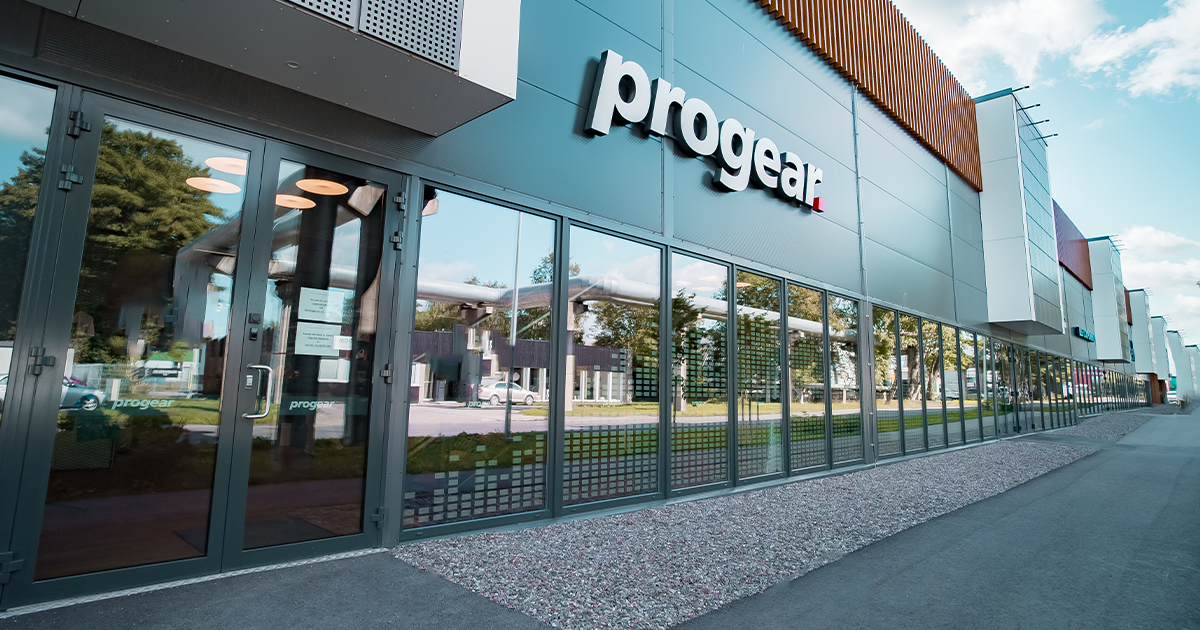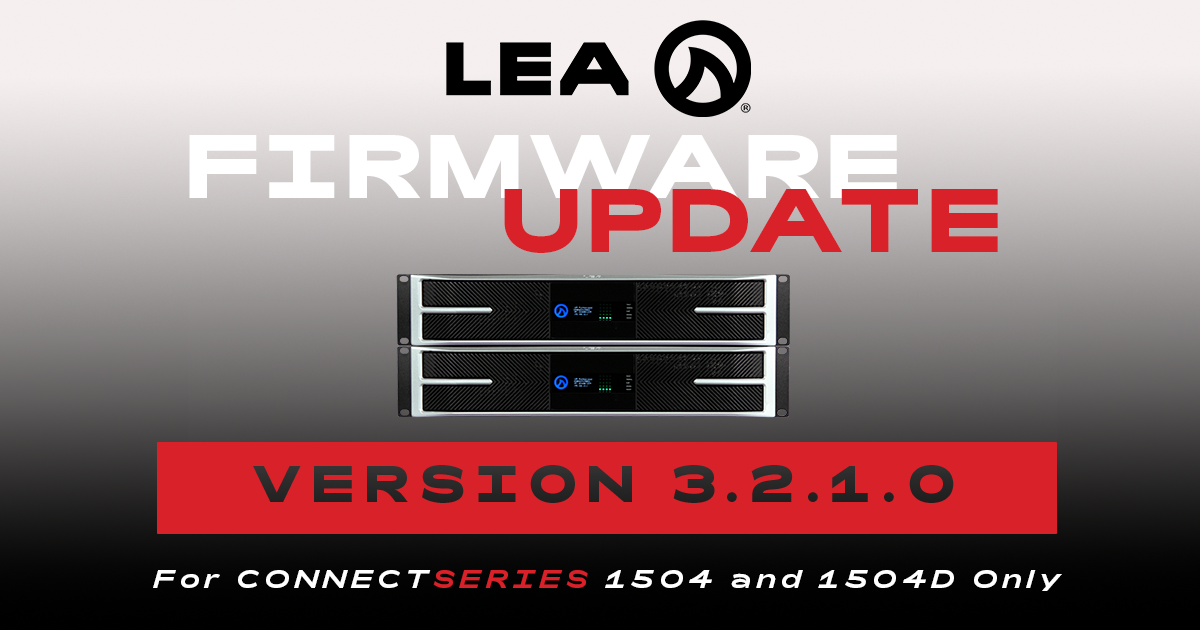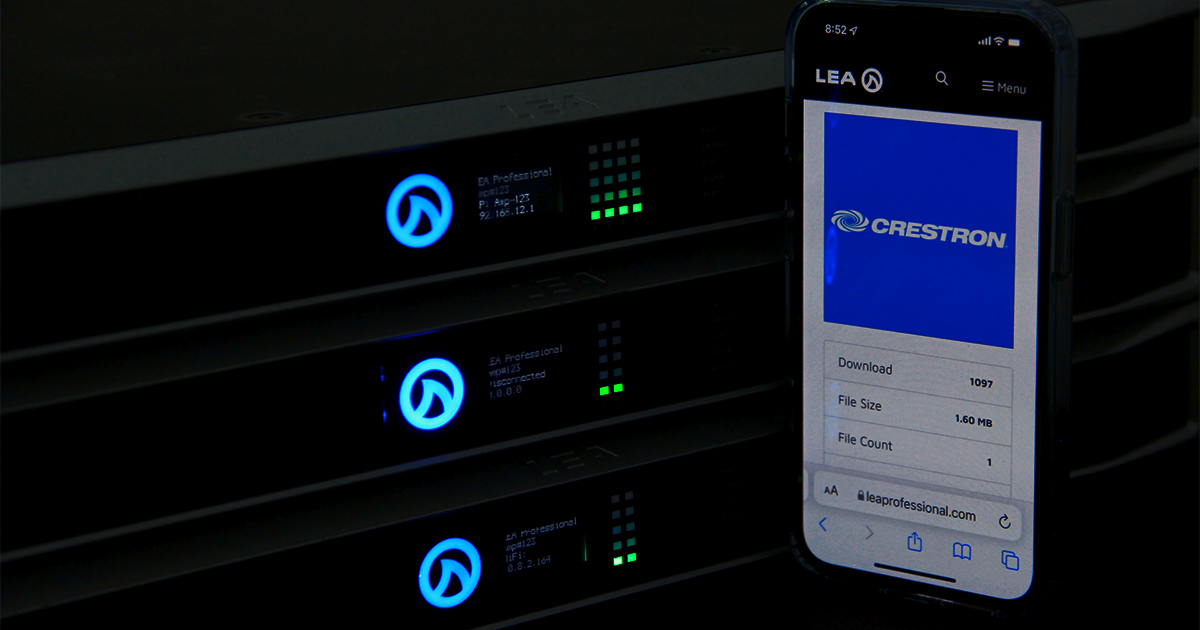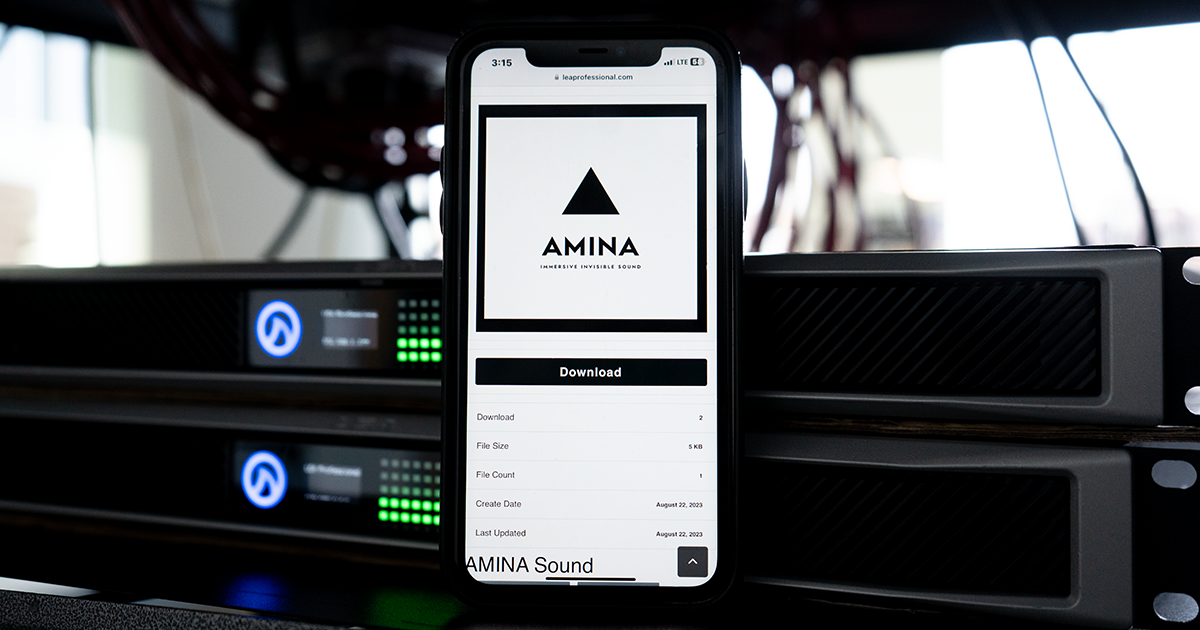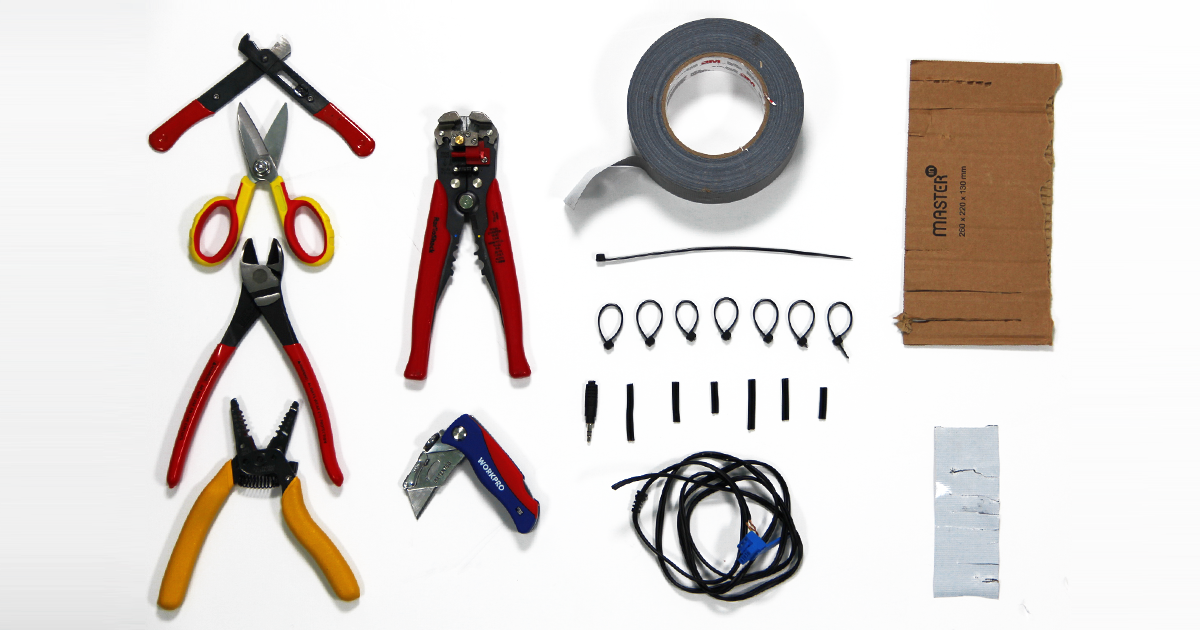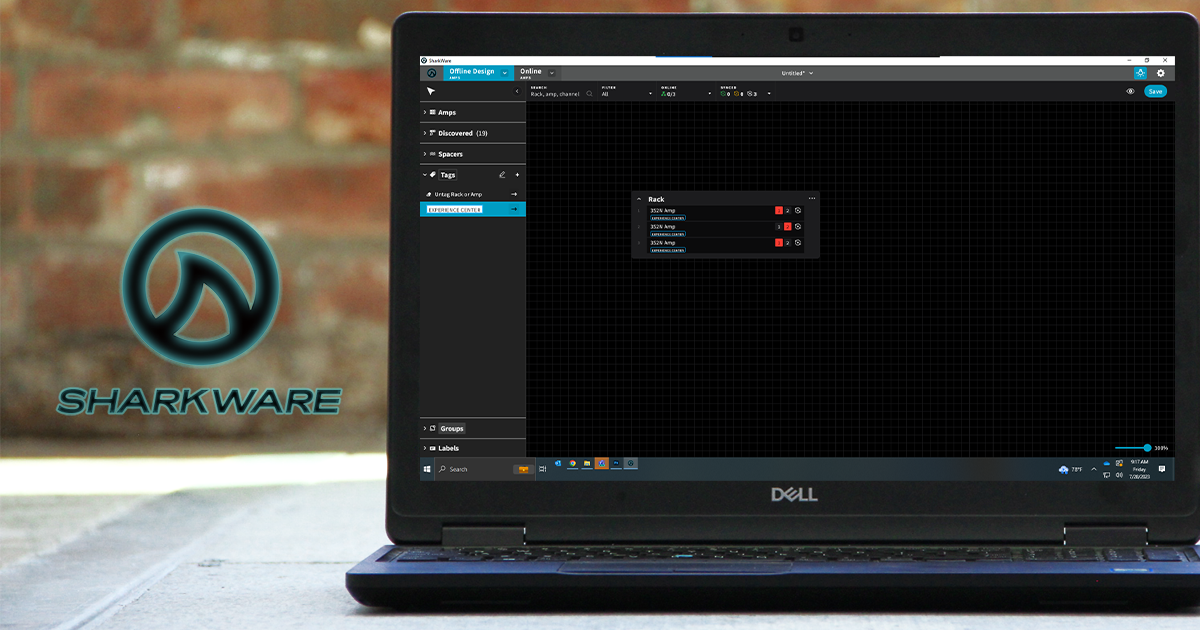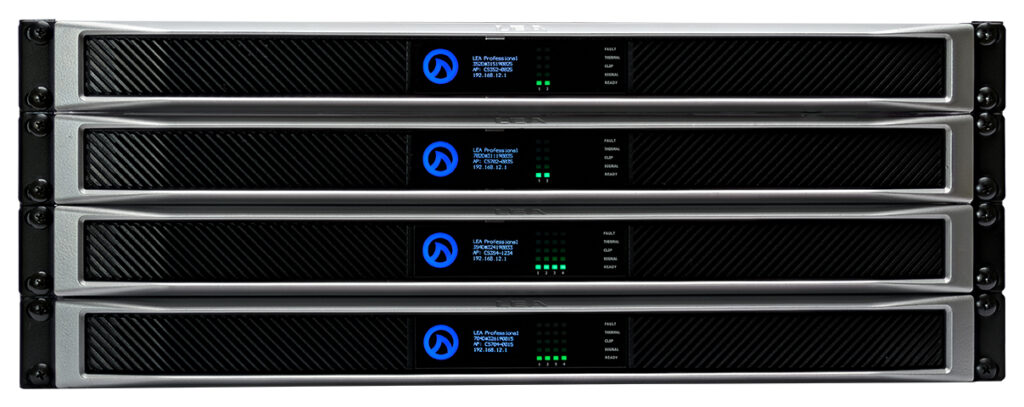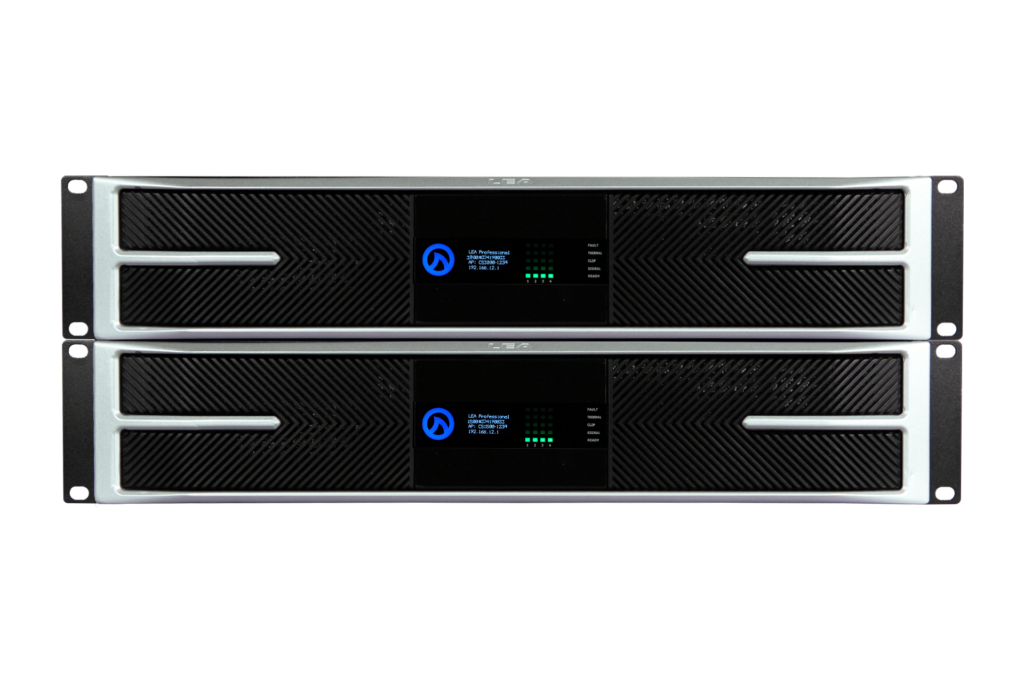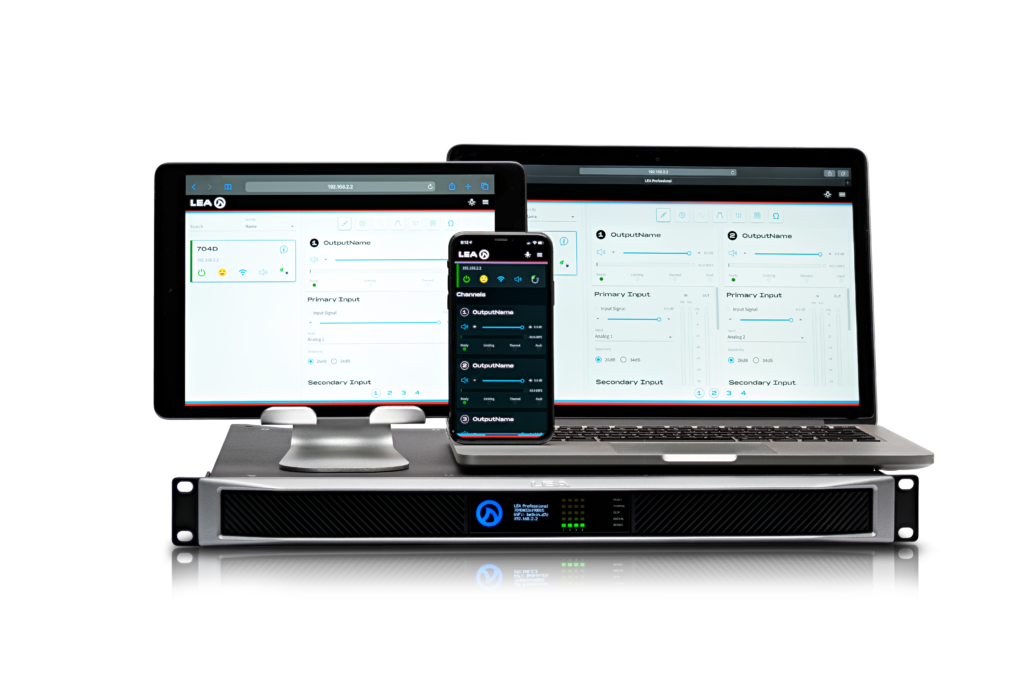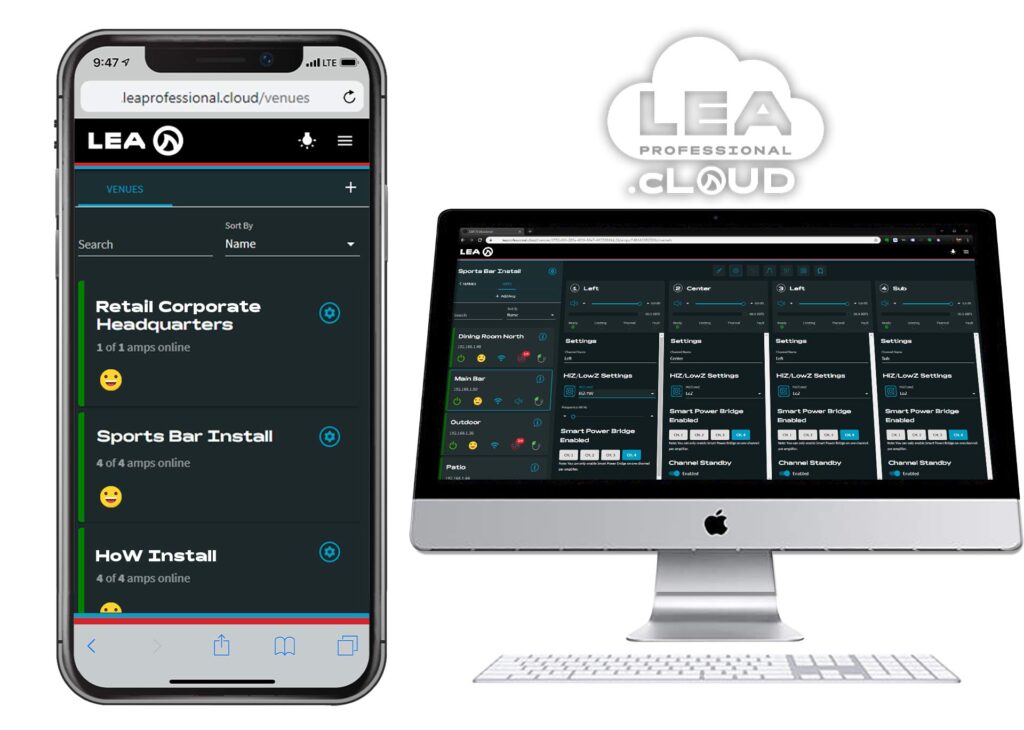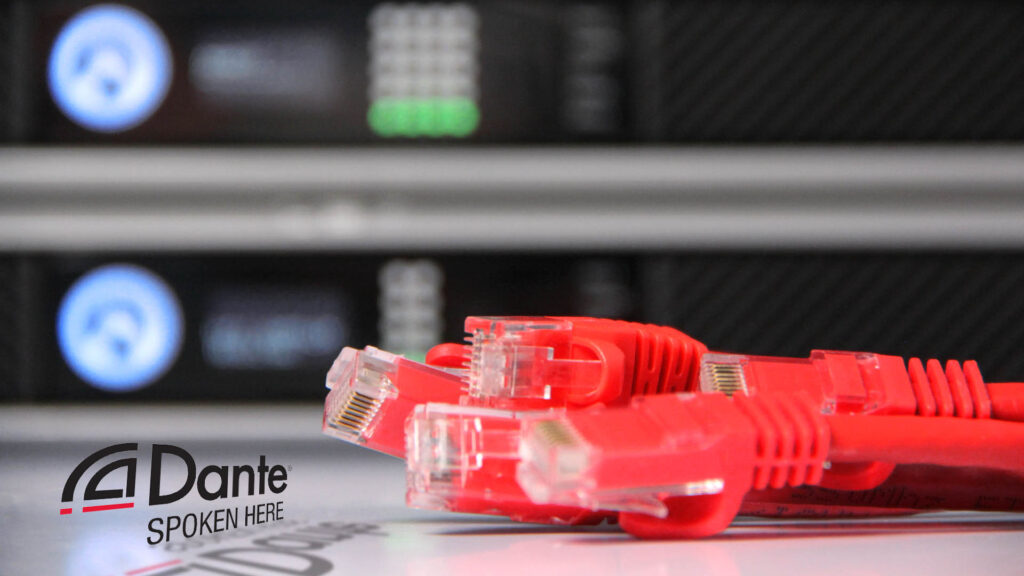Testing AV Systems | Tools & Techniques:
Your AV system design is fleshed out, you’ve selected the best gear for the job, and you’ve worked tirelessly to install the gear, wire connections, label runs, zip tie cables, and get the system up and running. Now, it’s time to optimize and tune your audio systems. This process is known as Audio System Commissioning.
Audio system commissioning is the final step before performance-ready approval for an installed audio system or systems. Once an audio system has been professionally installed to the best industry practices and applicable manufacturer(s) specifications, it’s time to provide uniformity over the entire space a loudspeaker system is covering. This ensures that each audio systems’ performance potential is maximized to the best of its ability.
Before You Tune Your System
Testing AV Systems | Tools & Techniques:
Before optimizing and tuning an audio system, there are several other things to consider such as:
- Verify all system wiring for proper termination – this is generally something you can do as you are going through the install process. But, it’s also a good idea to go back through and double check all terminations before “making noise” with your audio systems.
- Verify that everything is installed and wired to the latest design drawings.
- Verify any array pick points and speaker angles
- Verify all software components are loaded to spec, including any external DSP (digital signal processing) and, if applicable, that all amplifiers have been loaded with the appropriate loudspeaker presets provided by the respective manufacturer
- Verify each loudspeaker for polarity and uniformity (that each meets manufacturer spec)
Once the above items are verified, it’s time to move on to optimizing and tuning your system.
System Optimization and Tuning
Testing AV Systems | Tools & Techniques:
We’ve been in the industry for a while now and we’ve made a lot friends in high places. So, when it comes to system optimization and tuning, we’ve picked up a few tips and tactics from some of the industry’s most trusted professionals. Now, we’re going to share some of those insider testing, tuning, and optimizing processes with you!
- Measure each loudspeaker component with a dual-channel FFT software to ensure that:
- The response (equalized) of each loudspeaker system is uniform, that the tonality of the loudspeaker system(s) is the same in all defined coverage areas
- The level of each loudspeaker system is uniform in its coverage area
- The timing & polarity of each loudspeaker system is optimized to provide the best possible summation and imaging for its coverage area.
- The bass (sub-woofer) systems are managed and aligned to their respective broadband speaker components to provide uniform coverage and summation to the best ability of the design and venue/space constraints.
Note on System Equalization:
There is no industry standardized EQ response curve for audio systems. Variance in loudspeaker tuning tends to be specifically in the amount of low frequency level above mid-band and High frequency extension. There is truly not a one-size-fits-all approach. What is generally accepted is that the audio system has a ‘flat’ or ‘linear’ response in the mid-band which we will define as the range from 100 Hz to 1 kHz. Equalization decisions above and below those frequencies are typically genre and use-case specific to provide the best default experience for the intended use of that system and are approached case-by-case.
Deliverables
Testing AV Systems | Tools & Techniques:
Once you’ve completed your system tuning and optimization, there are still several steps to take to ensure that the client has everything they need to properly operate the audio system. It is important to know and understand your client and their needs. Every client is different and there is no cookie cutter process that works for everyone.
Here are the major considerations:
- At the completion of work, a settings recall sheet is provided for each individual loudspeaker output detailing all settings for that output in the event that an electronic backup fail or those settings are otherwise lost.
- Frequency response data graphs of all system zones
- Create presets for desired operations with the management team
- Confirm all zones work as intended for the venue
- Save files with final settings and configurations
- Train the venue staff on how to operate the audio system
- Anything else requested by the client
Equipment Needed
Testing AV Systems | Tools & Techniques:
In order to perform a proper system tuning and configuration, there are several options for different software, tools, and gear that you will need. To truly perform a good tuning/optimization, make sure you have the following items:
- Audio analysis software
- Tuning mic/mics with a lot of mic cables or a wireless adapter (helpful for large installs)
- Any 2-channel or larger mic/audio interface
- Personal Computer to host your audio analysis software and any applicable DSP platforms
- Various cable testers and accessories including mic stands, necessary cabling, etc
The importance of a properly tuned audio system is critical to the end-user experience. With the correct tuning and configurations, an average audio system can sound amazing and a great sound system can sound out of this world.
If you have any questions about system tuning and optimization processes, please leave a comment below or reach out to us on our social media channels.
Related Content
Want more LEA content delivered directly to your inbox? Enter your email address below to be subscribed to our monthly newsletter and keep up with all of the latest news and content from LEA Professional.



